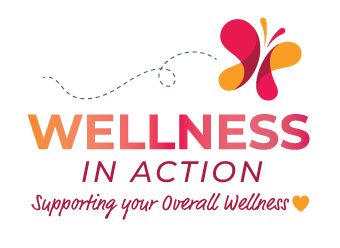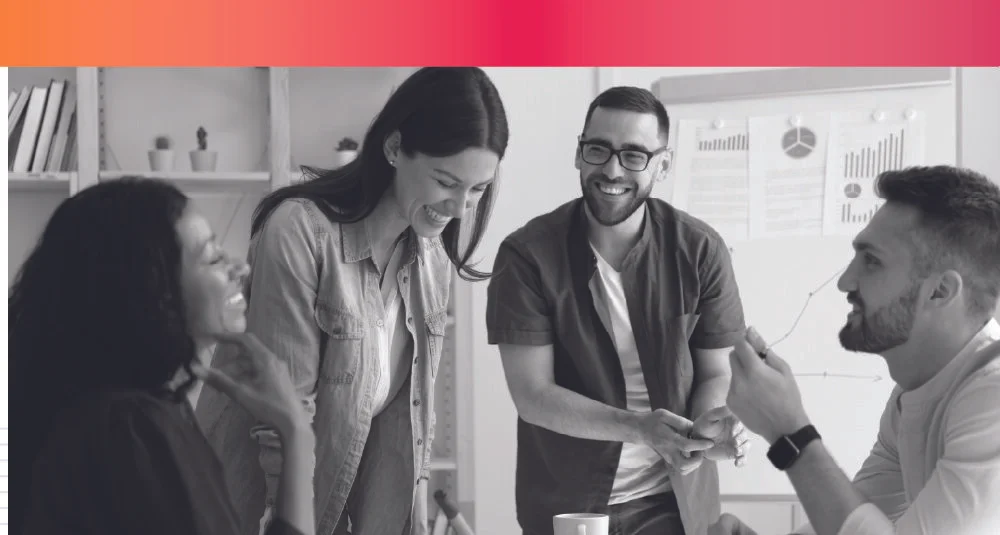Tips for Recognizing WRAP
Here are some key elements that let you know a program is using WRAP as it was designed:
Co-Facilitators are peers trained and certified by the Copeland Center for Wellness and Recovery. They should have been trained or completed a refresher in the last 2 years. They work together, not as solo facilitators.
WRAP is for everyone and focuses on life experiences, strengths, and goals, not diagnoses, illnesses, or deficits. If people are required to have received or identify with specific diagnoses or conditions, or if they have to meet “readiness criteria” to participate, it’s not WRAP. The only criteria for someone to use WRAP is that they want to.
Participants choose whether to participate and create a plan and direct what they include in that plan. They also decide whether and with whom to share their plan. WRAP is 100 percent voluntary. If participants are required to create plans, required to do their plans a certain way, or required to share them with others, it’s not WRAP.
WRAP is a self-directed peer group intervention. It’s not a clinical tool, a safety contract, a treatment plan, or a clinician checklist. Those tools can be useful at appropriate times, but they aren’t WRAP.
The Copeland Center has developed a guide that explains how to implement WRAP with fidelity to the evidence-based model. Download the guide for more information about the way WRAP works.


